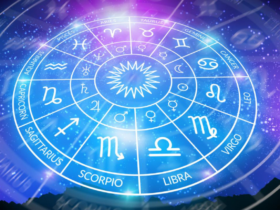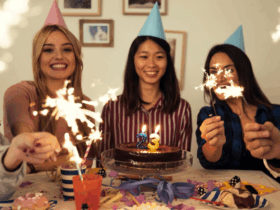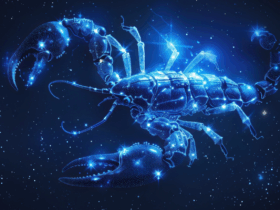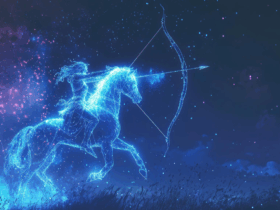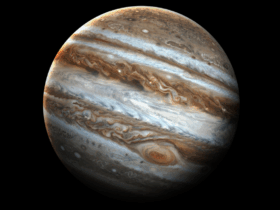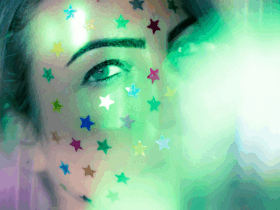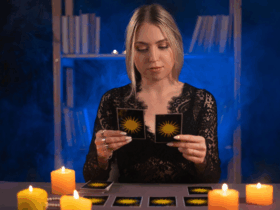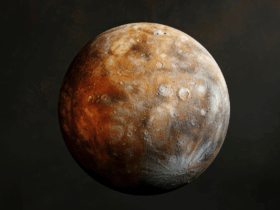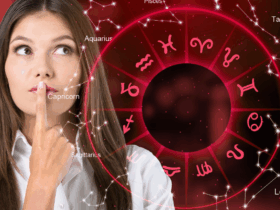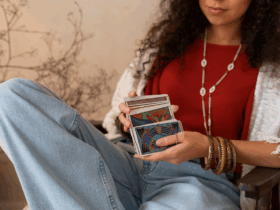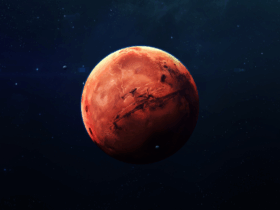The Tarot, a deck of 78 cards, has captured the human imagination for centuries with its enigmatic symbols and captivating imagery. Used for divination, self-reflection, and spiritual exploration, Tarot cards are like a language, a way to communicate with the unseen. Each card is a unique piece of art, adorned with intricate symbols and vibrant illustrations that convey a rich tapestry of meaning. In this article, we’ll explore the fascinating world of Tarot symbols and imagery, helping you understand the language of Tarot cards and how to decode their messages.
The Structure of Tarot Decks
A standard Tarot deck is divided into two main groups: the Major Arcana and the Minor Arcana. The Major Arcana consists of 22 cards, each representing a significant life event or archetype, while the Minor Arcana comprises 56 cards divided into four suits (Wands, Cups, Swords, and Pentacles) similar to a traditional deck of playing cards. The imagery on each card in these Arcanas serves as a key to unlock the mysteries of the Tarot.
Understanding Symbols and Imagery
1. Numerology: Numbers play a vital role in Tarot. Each card is associated with a specific number, and this number can reveal additional insights into the card’s meaning. For example, the number 1 is often associated with beginnings and new ventures, while the number 7 signifies reflection and introspection.
2. Elements: The four Tarot suits align with the classical elements—Wands with Fire, Cups with Water, Swords with Air, and Pentacles with Earth. Understanding these elemental associations can provide a deeper understanding of the cards and their symbolism.
3. Color: The colors used in Tarot cards convey emotional and psychological information. For instance, red often symbolizes passion and desire, while blue signifies calmness and introspection. Paying attention to the colors in a card can reveal the card’s emotional tone.
Related: The Mythological and Astrological Legacy of Jupiter

4. Archetypes: The Major Arcana cards represent universal archetypes such as The Fool, The Magician, and The Empress. These archetypes can be seen as fundamental life experiences and lessons, making the Tarot a tool for exploring the human condition.
5. Imagery: The images on Tarot cards are rich with symbolism. The combination of characters, objects, and settings tells a story or conveys a message. For example, The Tower card features a tower being struck by lightning, symbolizing sudden upheaval or revelation.
6. Reversals: In Tarot readings, cards can appear upright or reversed, each holding its own meaning. A reversed card often suggests a more subtle or blocked expression of the card’s energy. It’s essential to consider both the upright and reversed interpretations during a reading.
The Language of Tarot Readings
To decode the language of Tarot cards during a reading, it’s important to understand that the cards interact with each other and the question being asked. Tarot readers interpret the cards based on their positions, the context of the question, and their intuition. The art of Tarot reading involves weaving together the meanings of individual cards to create a narrative that provides guidance or insight.
The Tarot is a powerful tool for self-discovery, guidance, and introspection. By delving into the language of Tarot symbols and imagery, you can unlock the wisdom of the cards and gain valuable insights into your life’s journey. Whether you’re a seasoned Tarot enthusiast or a curious beginner, the Tarot’s timeless language of symbols and imagery will continue to fascinate and inspire those who seek its guidance.
Related: Mercury’s Message: Using Astrology to Reflect With Clarity





